Salut Grade 2 Parents!
The past two weeks, the students have been exposed to many interesting activities. Earlier this week, we arranged a video call with one of their classmates who is currently living in Paris and he has expressed the desire to see and speak to his old friends. As a result, all the students
had prepared a French question in advance about his school, hobbies, sports, animals, weather, food, new friends etc. It went very well and now the next step is to send him a short letter towards spring. Regarding their reading, they are improving by leaps and bounds. Not only is their accent better but their speed and fluency have improved as well. Every friday I always read with each one of them. This week, we started exploring some tales from Greek mythology, such as the Minotaur in the maze. They are so fascinated and by reading the story, they will acquire new vocabulary and they will try to do a comprehension activity.
Finally, they all did so well on the quiz with all the words. They were able to find the English meaning, to find the correct picture when they heard the word (the purpose of this is to identify the sound) and to read the sentences and do the drawing. I was so impressed with their enthusiasm. Their positive action combined with positive thinking results in success!
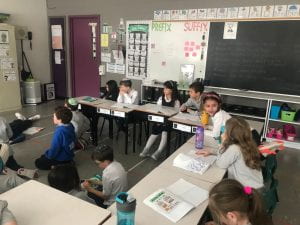
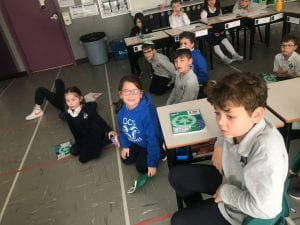




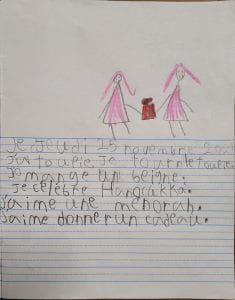
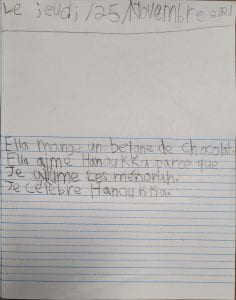
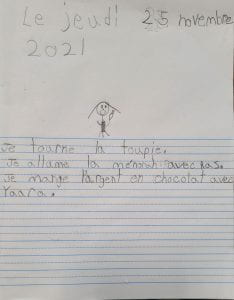
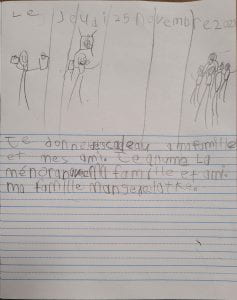
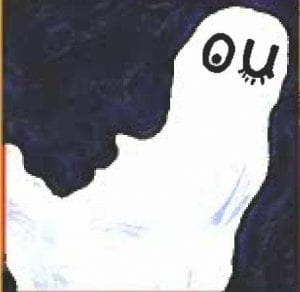
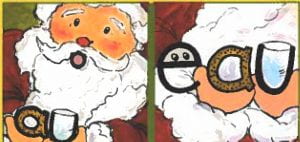
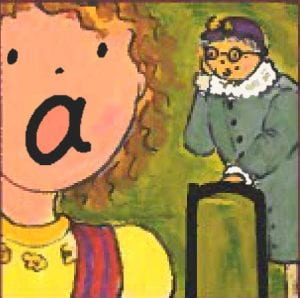
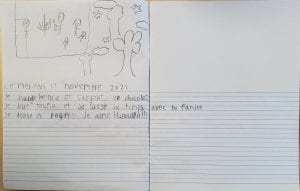 Marlowe
Marlowe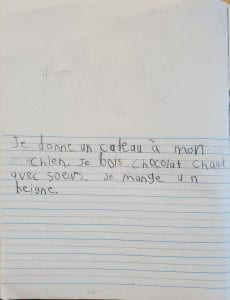 Jacob B
Jacob B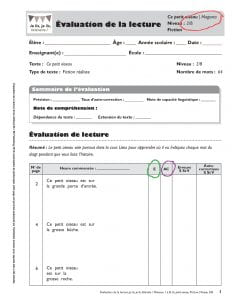
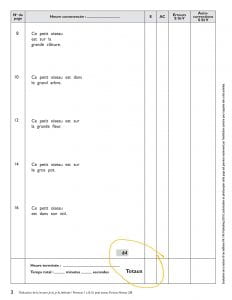
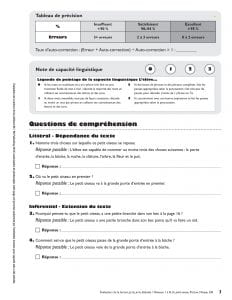
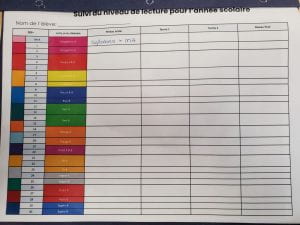
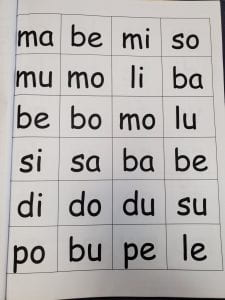
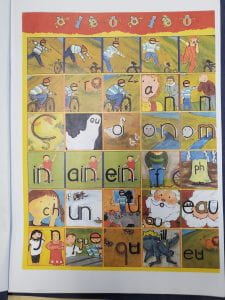
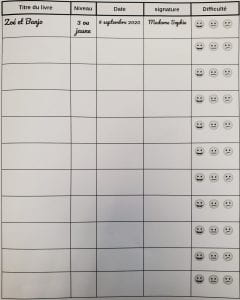
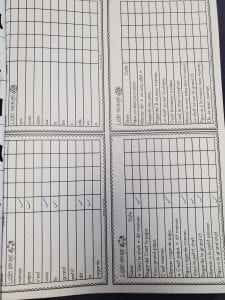 This sheet is for information purposes only and go along with our sight word and frequently-used word program that we work on in class. It should give you an idea of words your child can consistently read correctly and their next steps in this program.
This sheet is for information purposes only and go along with our sight word and frequently-used word program that we work on in class. It should give you an idea of words your child can consistently read correctly and their next steps in this program.